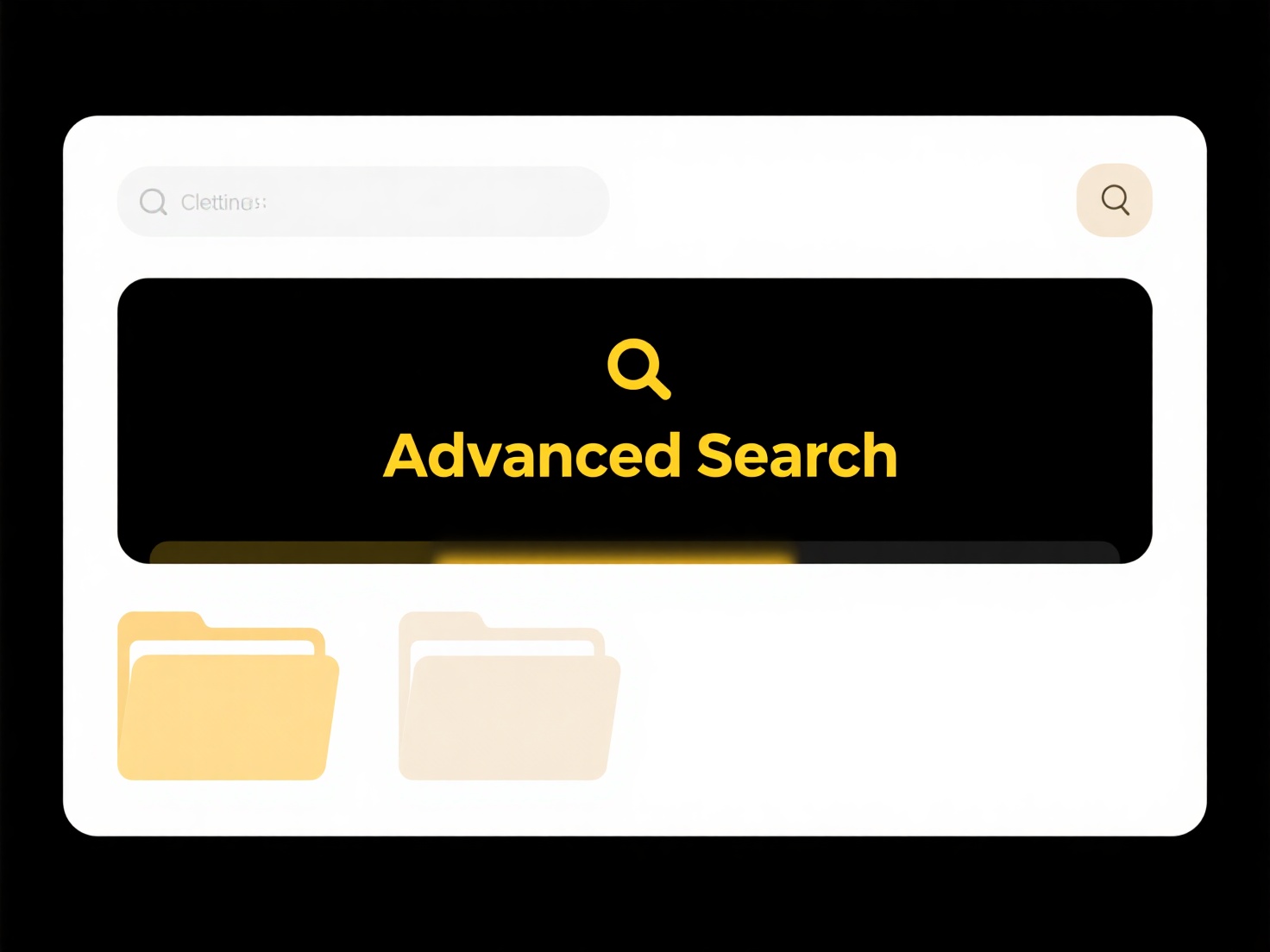
Archiving cloud project folders involves copying files from their current online storage location (like Google Drive or SharePoint) to a local destination such as an external hard drive or your computer. It differs from simply downloading files for temporary use; archiving implies a structured transfer for long-term storage or removal from active cloud use, freeing up cloud space while preserving a complete local copy.

For instance, a design agency might archive a completed client project folder containing large video assets to local network-attached storage (NAS) to reduce cloud subscription costs while keeping a reference copy accessible offline. Similarly, a research team finishing a multi-year project might copy their datasets and documentation from a collaborative cloud platform like Microsoft Teams to encrypted external drives for secure physical archiving.
The key benefit is gaining permanent, offline access without relying on cloud availability or incurring recurring costs. However, manual archiving risks losing file metadata, version history, or cloud-specific features, and creating duplicates adds storage management burden. File paths linking cloud files may break, and consistent manual processes are crucial to avoid data gaps. Remember to comply with data retention policies, ensuring archived data is properly secured, as moving files to local drives shifts security responsibility. Some platforms are integrating hybrid cloud/local archival tools to streamline this process.
Can I archive cloud project folders to local drives?
Archiving cloud project folders involves copying files from their current online storage location (like Google Drive or SharePoint) to a local destination such as an external hard drive or your computer. It differs from simply downloading files for temporary use; archiving implies a structured transfer for long-term storage or removal from active cloud use, freeing up cloud space while preserving a complete local copy.

For instance, a design agency might archive a completed client project folder containing large video assets to local network-attached storage (NAS) to reduce cloud subscription costs while keeping a reference copy accessible offline. Similarly, a research team finishing a multi-year project might copy their datasets and documentation from a collaborative cloud platform like Microsoft Teams to encrypted external drives for secure physical archiving.
The key benefit is gaining permanent, offline access without relying on cloud availability or incurring recurring costs. However, manual archiving risks losing file metadata, version history, or cloud-specific features, and creating duplicates adds storage management burden. File paths linking cloud files may break, and consistent manual processes are crucial to avoid data gaps. Remember to comply with data retention policies, ensuring archived data is properly secured, as moving files to local drives shifts security responsibility. Some platforms are integrating hybrid cloud/local archival tools to streamline this process.
Quick Article Links
What’s the best way to back up exported files?
The best way to back up exported files involves creating reliable copies stored separately from the original files. The ...
What are file permissions?
File permissions are access rules that determine who can interact with computer files and folders and in what way. These...
Can I create folder dashboards for tracking?
Folder dashboards provide a consolidated view of activity and status for all files within a specific folder. Unlike simp...